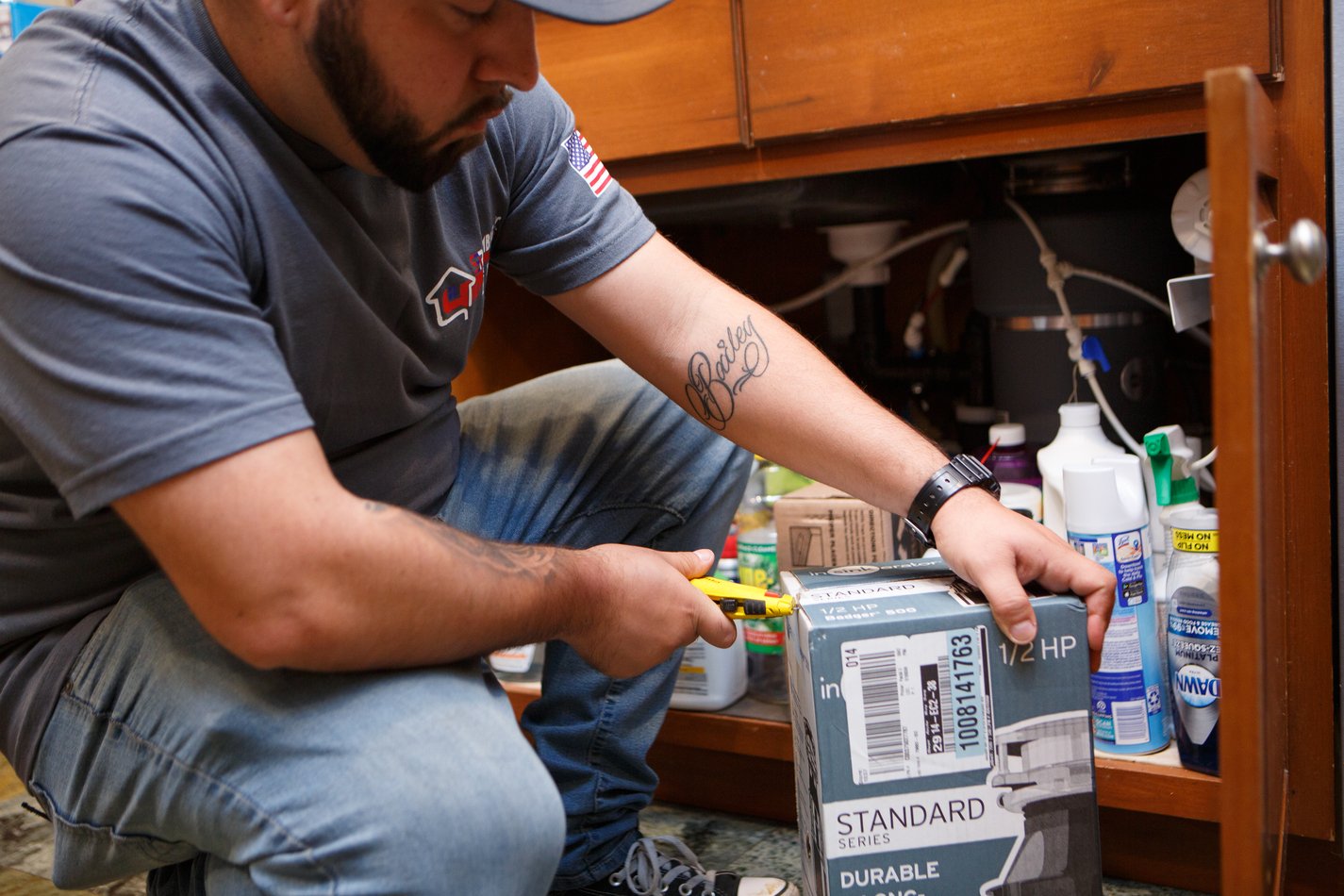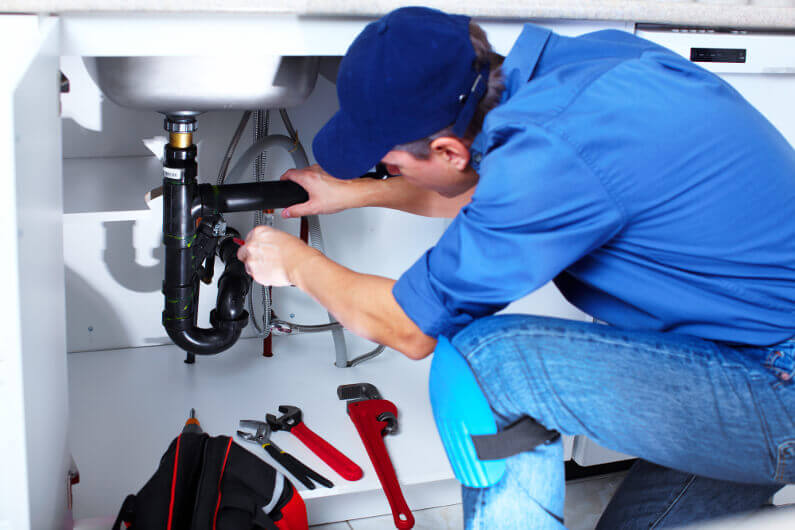Recognizing When to Fix Piping Issues On Your Own or Consult Professional Help
Recognizing When to Fix Piping Issues On Your Own or Consult Professional Help
Blog Article
What are your opinions about DIY vs. Professional Plumbing Repairs: When to Call a Pro?

Introduction
Pipes concerns can range from small troubles to significant headaches, commonly triggering home owners to choose between dealing with the problem themselves or contacting a specialist plumbing technician. Understanding when to do it yourself and when to look for expert aid can save time, cash, and stop potential catastrophes. This article explores the aspects to think about when making this important decision.
Advantages of DIY Pipes
Tackling plumbing jobs yourself can be gratifying in several methods, specifically for easier tasks.
Cost Cost savings
Do it yourself plumbing projects typically conserve cash by staying clear of professional service fees. Jobs like dealing with minor leakages, replacing taps, or installing brand-new showerheads are instances where home owners can manage fixings without hiring a plumbing technician.
Skill Enhancement
Engaging in DIY pipes supplies an opportunity to learn and improve sensible abilities. Standard tasks empower property owners to recognize their pipes systems far better and get confidence in managing small fixings individually.
Threats of Do It Yourself Plumbing
While DIY projects use advantages, certain threats need to be meticulously thought about before attempting fixings.
Intricacy of Tasks
Some plumbing concerns call for specialized understanding and devices beyond regular home owner capacities. Messing up intricate issues can bring about more damage and expensive fixings.
Safety Problems
Working with plumbing systems involves threats such as direct exposure to water damages, possibility for electric dangers, and managing tools incorrectly. Safety and security preventative measures must be observed to stop crashes and make sure effective fixings.
Indicators to Call a Professional Plumber
Identifying when a pipes issue surpasses do it yourself capabilities is essential to preventing aggravating troubles.
Indications of Complicated Issues
Examples consist of:
Prompt expert treatment is necessary to attend to these concerns efficiently and minimize damage.
Do It Yourself Plumbing Tips
For effective do it yourself pipes, it's necessary to be prepared with the right devices and adhere to appropriate procedures.
Basic Devices and Materials
Trick devices for do it yourself plumbing:
Step-by-Step Guides
Clear instructions make sure risk-free and reliable DIY repairs:
Picking the Correct Time to Do It Yourself
Identifying when to deal with pipes jobs on your own requires evaluating both the complexity of the issue and individual convenience levels.
Analysis List
Take into consideration:
When to Most Definitely Call a Professional
Specific situations demand prompt skilled focus to stop extensive damages or safety and security threats.
Examples include:
Searching for and Hiring a Specialist Plumber
Picking a qualified plumber guarantees trustworthy solution and assurance in settling pipes issues.
Requirements for Choice
Factors to consider:
Cost Evaluation: DIY vs. Professional Providers
Contrasting the economic effects of do it yourself initiatives versus expert plumbing solutions helps in making informed decisions.
Financial Considerations
Assess:
Final thought
Deciding whether to do it yourself or call a professional plumbing technician rests on comprehending the intricacy of plumbing issues and personal abilities. By evaluating the advantages and dangers, house owners can make educated options that advertise effective maintenance and secure their homes from pipes disasters.
DIY Plumbing Projects: What Homeowners Can Do and When to Call a Professional
Welcome to our comprehensive guide on DIY plumbing projects. In this blog post, we aim to empower homeowners with the knowledge and skills to tackle basic plumbing tasks around the house. From unclogging drains to fixing a leaky faucet, we’ll walk you through step-by-step instructions on how to handle these common issues.
However, not all plumbing problems can or should be solved with a DIY approach. Recognizing when a problem is beyond your skill level and requires professional intervention is just as important as knowing how to perform basic tasks. We’ll also discuss the signs that indicate it’s time to put down your tools and pick up the phone to call a professional plumber. By understanding when to DIY and when to call a professional, you can save time, avoid potential disasters, and ensure your home’s plumbing system remains in top shape.
Understanding Plumbing Basics
Before we dive into the DIY projects, let’s take a moment to understand the basics of your home’s plumbing system. A typical residential plumbing system consists of two major components: the water supply system, which brings fresh water into your home, and the drainage system, which removes waste water. These systems are made up of a network of pipes, valves, and fixtures that work together to deliver clean water and dispose of waste efficiently.
Regular maintenance of your plumbing system is crucial to prevent minor issues from escalating into major problems. This includes tasks like checking for leaks, removing minor clogs, and ensuring your pipes are insulated for winter. By performing these tasks regularly, you can extend the lifespan of your plumbing system, save money on water bills, and maintain the comfort and hygiene of your home.
In the following sections, we’ll explore some common DIY plumbing projects that homeowners can handle, as well as situations that require the expertise of a professional plumber. Whether you’re a seasoned DIY enthusiast or a beginner, this guide will provide you with valuable insights into the world of home plumbing.
DIY Plumbing Projects Homeowners Can Handle
Plumbing may seem intimidating, but there are several tasks that homeowners can confidently tackle with a little guidance and the right tools. Here are a few common issues you might encounter and how to address them.
Unclogging Drains
Use a Plunger: This is your first line of defense. A good old-fashioned plunger can dislodge the obstruction and clear the drain in many cases. Try a Plumber’s Snake or Hand Auger: If the plunger doesn’t work, a plumber’s snake or hand auger can reach deeper into the pipe to break up the clog. Use a Drain Cleaner: If physical methods fail, a chemical drain cleaner can dissolve the clog. However, use these products sparingly as they can damage your pipes if overused.

We were made aware of that write-up on When to DIY and When to Call in the Plumbing Pros from an associate on a different blog. Sharing is caring. Helping people is fun. We value reading our article about DIY vs. Professional Plumbing Repairs: When to Call a Pro.
Call Today Report this page